One of the finest African American units to see combat in World War II was the 614th Tank Destroyer Battalion. Organized on July 25, 1942 at Camp Carson, Colorado, this segregated unit was led by five white officers, but all of the company officers—the men who saw action—were black, and so were the non-commissioned officers and enlisted men. The battalion trained in Texas and Louisiana in 1943-1944, where like other African American units it encountered pervasive racism from civilians and Army alike.
Once it reached Europe, however, the 614th slammed blow after blow into the enemy in France and Germany. By the time their front-line service ended, the men of the 614th had earned 28 Bronze Stars, eight Silver Stars, and 79 Purple Hearts. Company C’s Third Platoon would become the first African American unit to receive a Presidential Unit Citation for its action at Climbach, France, on December 14, 1944. Racism, however, put limits on the credits that the men received. Lieutenant Charles L. Thomas, who commanded C Company in that engagement, received a Distinguished Service Cross and a promotion to captain. The Medal of Honor he so richly deserved, however, would be denied until long after he passed away.
The 614th Tank Destroyer Battalion was originally organized as a mechanized unit, but before being sent to France it was reorganized as a towed unit, meaning that the men used halftracks to tow three-inch (76.2mm) M5 anti-tank guns into battle for use against enemy tanks and emplacements. Other men, however, drove lightly armored scout cars and jeeps for reconnaissance, and others acted as infantry. Such was the case in the savage engagement at Climbach.
Sent to the front along the French-German border at the end of November 1944, the 614th was attached to the 103rd Infantry Division. The tank destroyers’ accuracy was on display immediately, as the men took German pillboxes, machine gun nests, and observation posts under fire and knocked them out in short order. On December 14, 1944, Third Platoon of Company C was sent forward with infantry and engineers to capture the town of Climbach near the old French Maginot Line in an area now incorporated into the heavily fortified German Siegfried Line.
Commanding the 614th platoon was 24 year old Lieutenant Charles L. Thomas. Born in Birmingham, Alabama, he had participated in the Great Migration of African Americans to northern cities by moving to Detroit, Michigan, where he grew up and went to work for the Ford Motor Company. Drafted in 1942 and assigned to the 614th, he was commissioned a lieutenant in 1943. In early action in the autumn of 1944, Lt. Thomas had demonstrated his cool confidence under fire and his dedication to his men.
The morning of December 14 was cold and foggy. As the attacking force, named Task Force Blackshear after its commanding officer, approached Climbach, it came under heavy fire from the well-entrenched enemy. This was the signal for Company C’s Third Platoon, consisting of four M5 guns, to deploy. Determined to oversee the action, Lt. Thomas sped to the front in his lightly armored M20 scout car. Almost immediately, the M20 was hit by an enemy anti-tank gun, severely injuring Lt. Thomas and slightly injuring his crew. Instead of calling attention to himself, however, the lieutenant called a halt and helped his crewmen abandon the scout car. This made him an easy target for a German machine gun, which opened fire and hit Lt. Thomas in the chest, left arm, and legs. Even then he carried on, directing his men to deploy their guns where they could take the Germans under direct fire from the only location available—in the open, out in a field.
Inspired by their commander’s example, the gunners quickly deployed their M5 guns and opened fire as rapidly as possible. They paid a fearsome price for their bravery. Recognizing that the gunners could unhinge their position, the Germans laid down concentrated small arms, machine gun, artillery, and mortar fire on them. But the Americans did not flinch. Although two of the guns were knocked out and several men killed or wounded, those who could still stand simply shifted to crew the other weapons and kept inflicting punishment on the Germans so that the 103rd Division GIs could move forward.
Desperate to wipe out the two remaining guns, German infantry surged out of a nearby forest and launched a direct assault. But not a man among the determined Americans fell back. Instead, leaving small teams to keep the guns firing, the other men fanned out and engaged the Germans in direct combat. One of them mounted a burning half-track and manned the vehicle’s .50 caliber machine gun against the enemy. Inflicting severe casualties, the Americans flung the enemy back. Then they returned to their guns, still under enemy fire. As ammunition stocks ran low, some of the 614th gunners volunteered for duty as ammunition carriers, running up to 30 yards through the open under enemy fire to carry individual shells up to the front.
The task force commander would later say:
“The unflinching determination of this group constituted the most magnificent display of mass heroism I have ever witnessed.”
As the 103rd Division admitted, the performance of this platoon of the 614th, which altogether endured 50 percent casualties during the action, “precluded a near catastrophic reverse for the task force,” and ensured the capture of Climbach. Instances of heroism were almost too many to count. Among the awards given were two posthumous Silver Stars to Corporal Peter Simmons of Silver Street, South Carolina; and Private First Class William H. Phillps of Littleton, North Carolina, both of whom died serving their guns.
Lieutenant Charles L. Thomas understated his part in the action, saying, “I know I was sent out to locate and draw the enemy fire, but I didn’t mean to draw that much.” Nevertheless, he would be awarded the Distinguished Service Cross and promoted to captain. He stayed in the army after recuperating from his wounds, and retired in 1947 at the rank of major. Thomas passed away in 1980, never knowing that he would receive a posthumous Medal of Honor from President Bill Clinton on January 13, 1997. One of his comrades, Lieutenant Claude Ramsey, remembered: “The victory at Climbach in December ’44 belongs to Captain Charles Thomas and the company he led into that valley where they would be like clay pigeons in a shooting gallery. Charles had several things going for him. His men believed in him and they were proud of their unit and their ability. They were good, damned good.”
As for the remaining members of the 614th Tank Destroyer Battalion, the action at Climbach marked only the first in a series of hard-fought battles that would prove its worth as an elite unit.
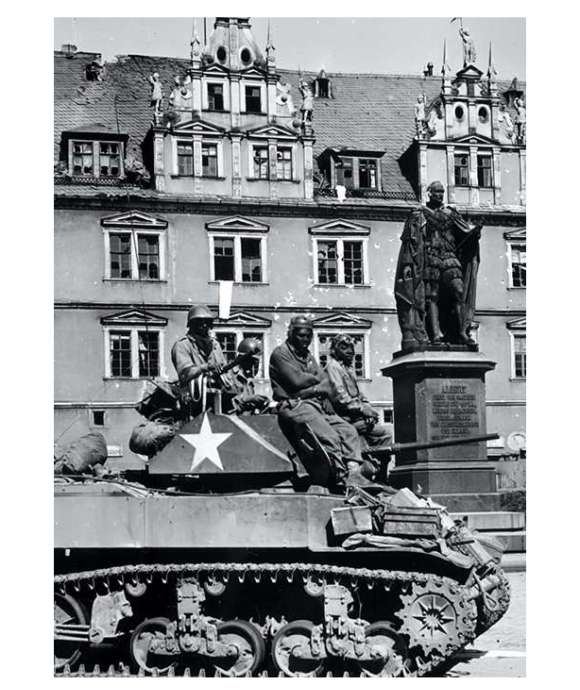
The Black Panthers Drive into Germany: The 761st Tank Battalion, 1945
The African American Black Panthers of the 761st Tank Battalion completed their distinguished combat record by breaching Germany's Siegfried Line and crossing the Rhine in 1945.
Ed Lengel, PhD
Edward G. Lengel is the former Senior Director of Programs for the National WWII Museum’s Institute for the Study of War and Democracy.
Cite this article:
MLA Citation:
APA Citation:
Chicago Style Citation:
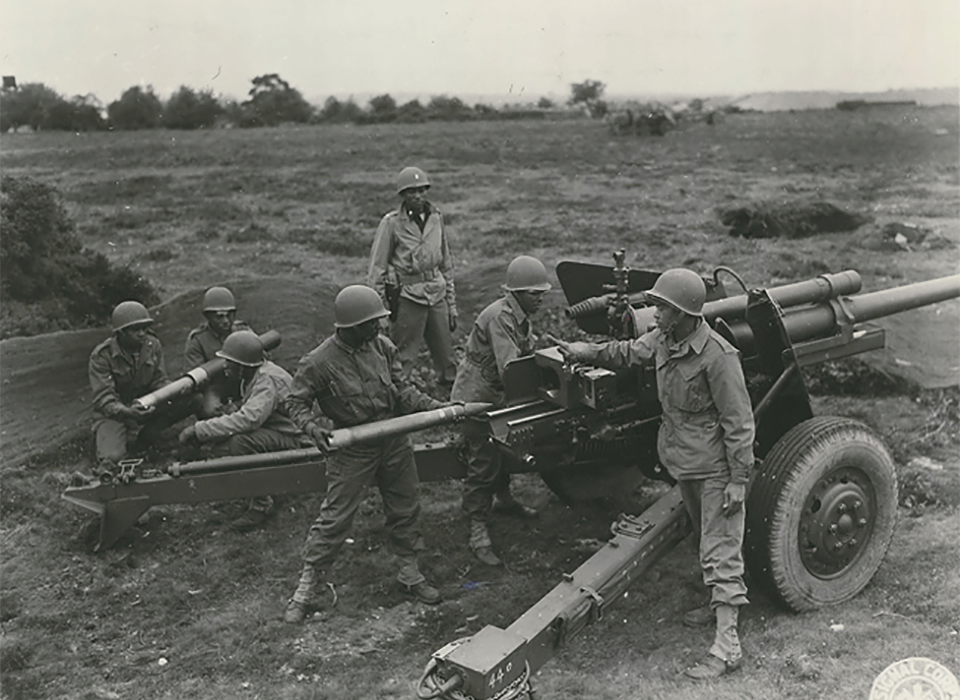
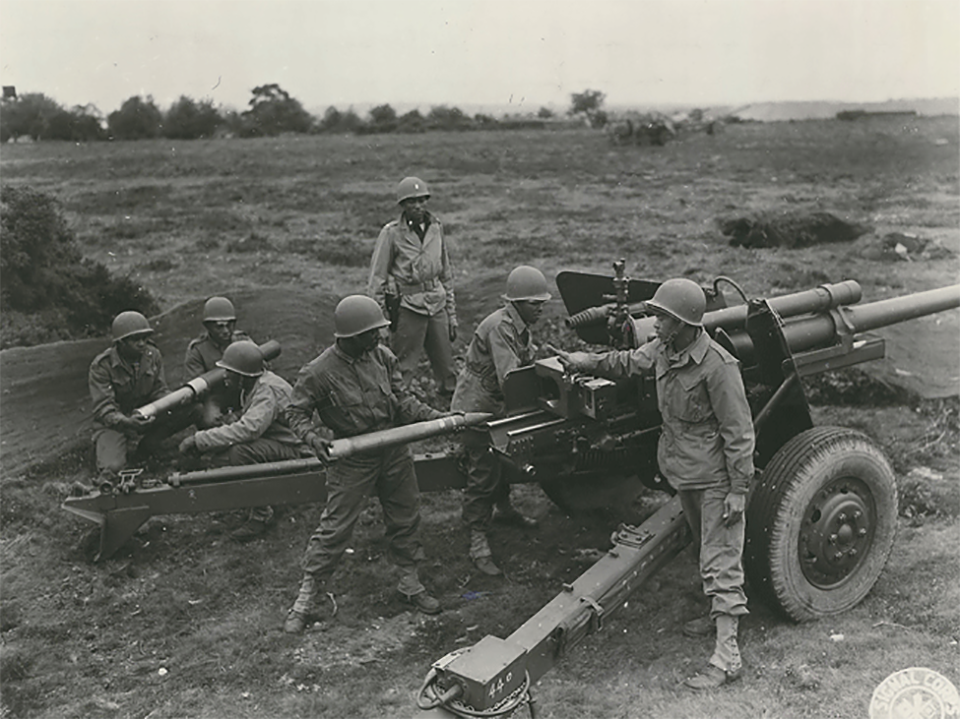
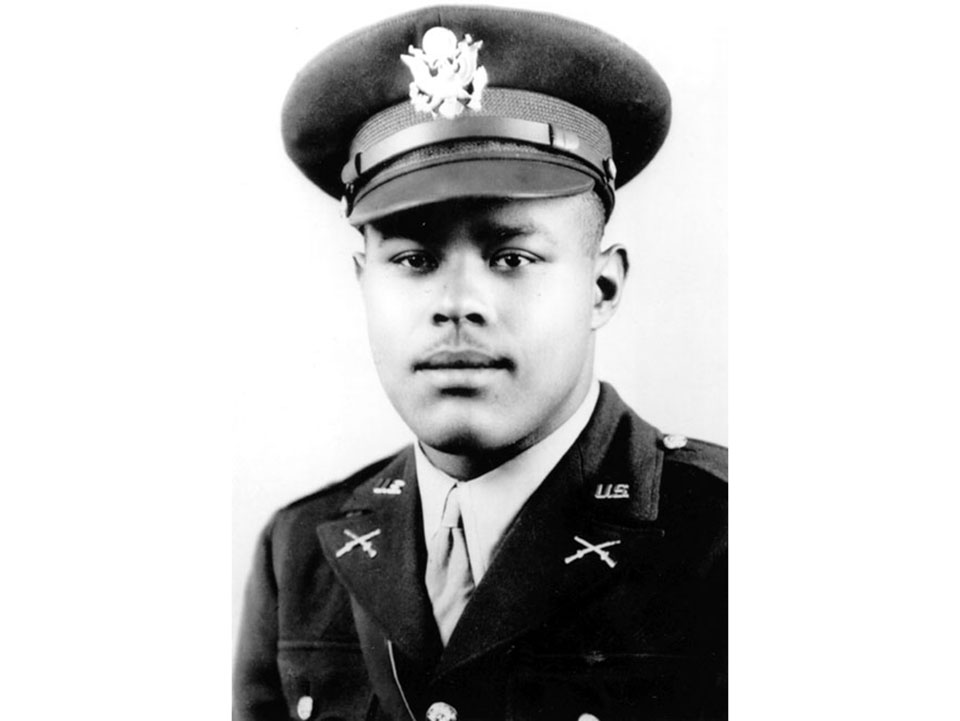
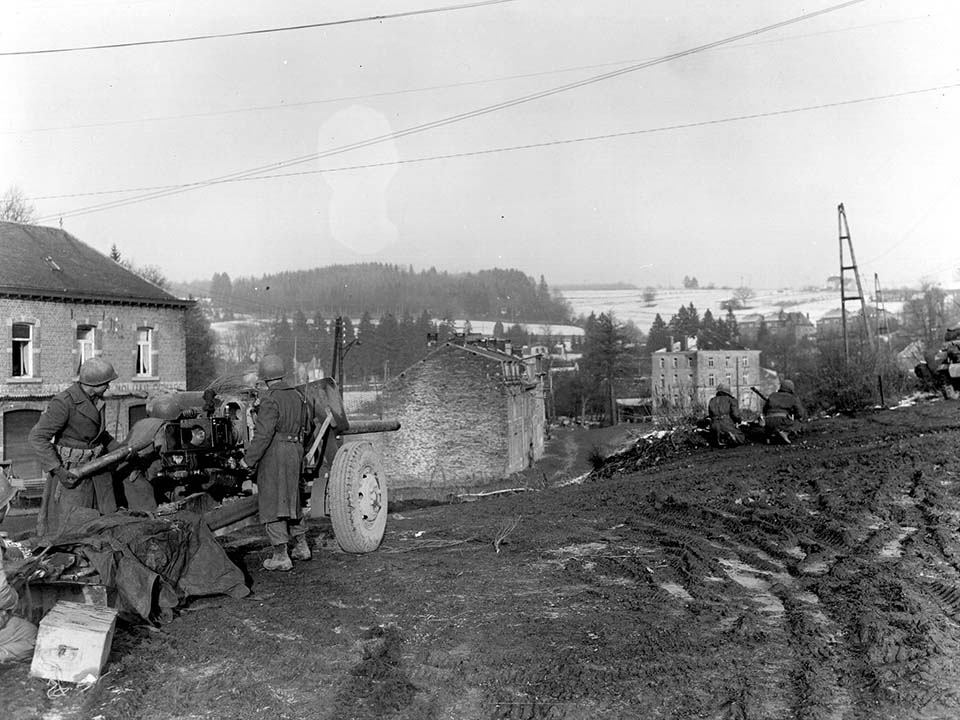
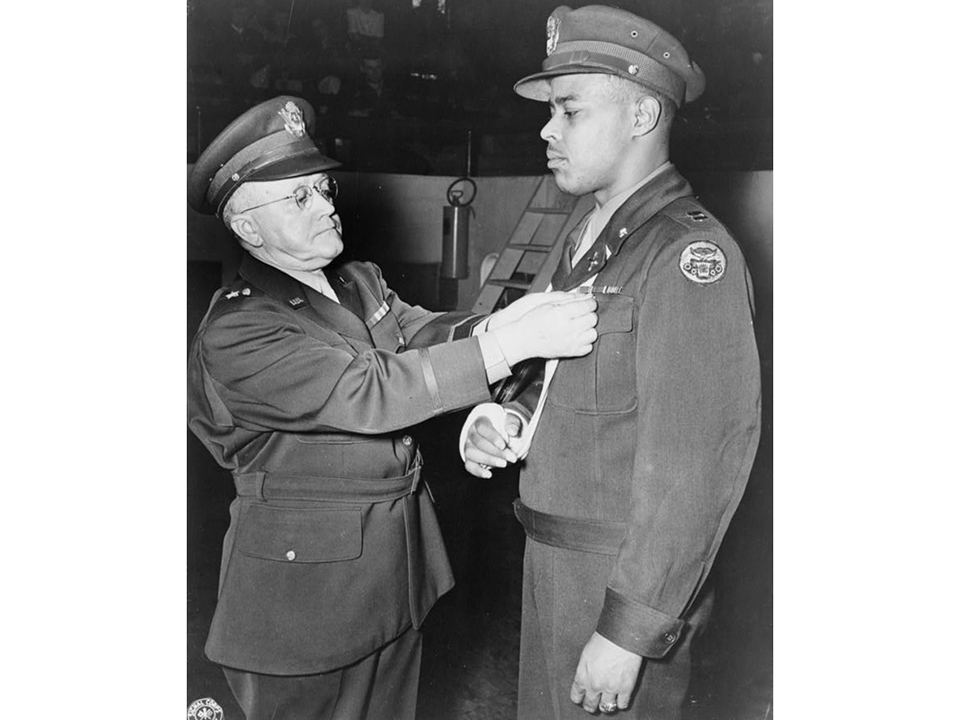





![Max Fuchs, New York City cantor, sings as Rabbi Sydney [sic] Lefkowitz, Richmond, VA, conducts the first Jewish services from Germany.](/sites/default/files/styles/max_650x650/public/2025-10/image1.jpg)


